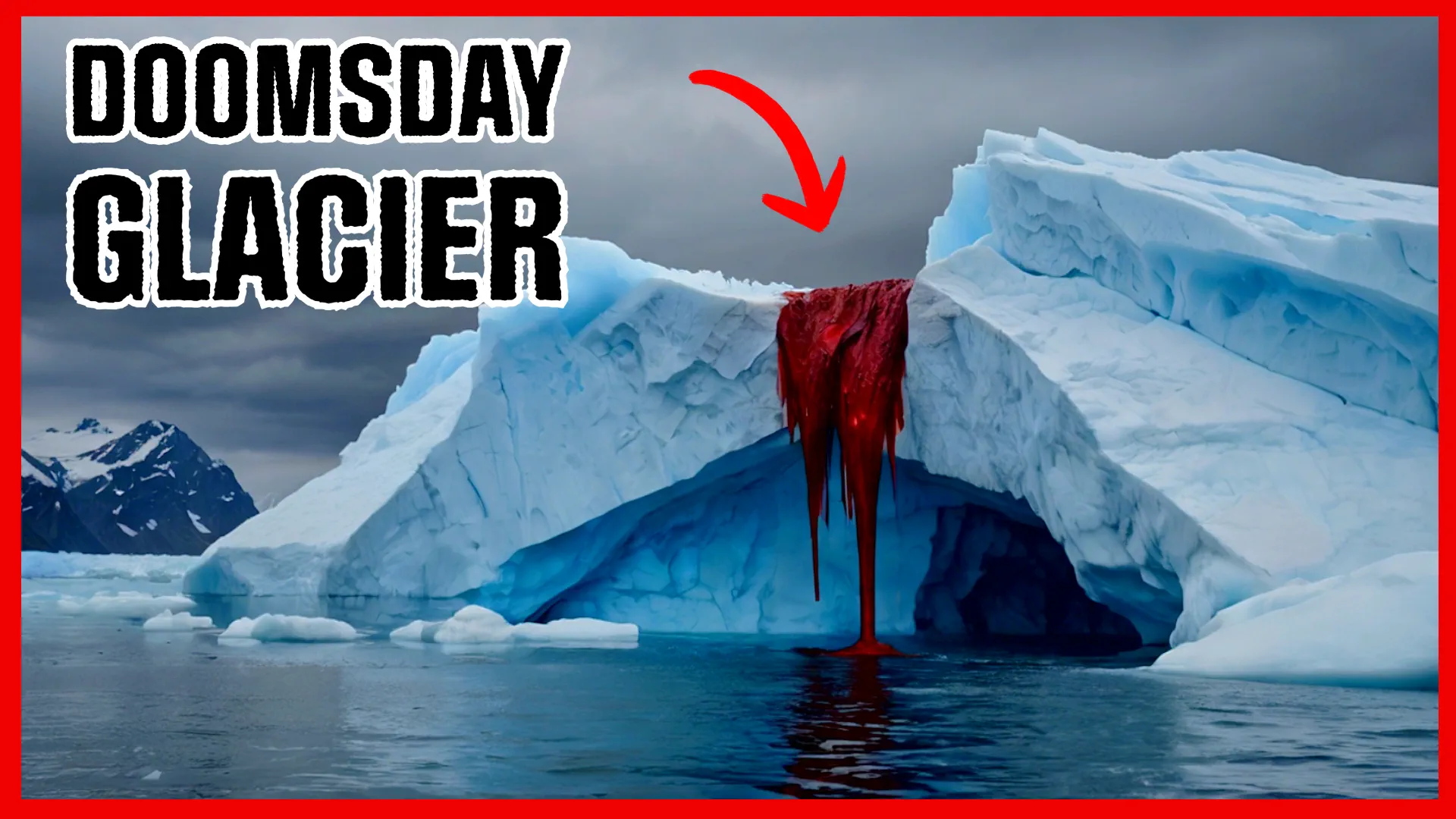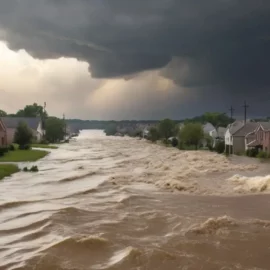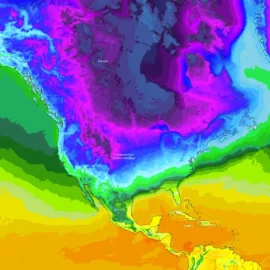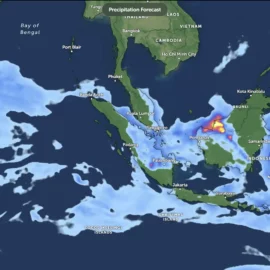
Doomsday Glacier is melting
Researchers studying ‘doomsday glacier' make worrying discovery.
In a new study, glaciologists from the University of California, Irvine, found that warm, high-pressure ocean water is seeping beneath West Antarctica's Thwaites Glacier, making it more vulnerable to melting than previously thought.
West Antarctica’s Thwaites Glacier
The glacier is roughly 80 miles across, the widest on Earth. It packs so much ice that if it were to completely collapse, it could singlehandedly cause global sea levels to rise by more than two feet, according to the International Thwaites Glacier Collaboration, prompting its moniker as the "Doomsday Glacier."
Imagine: the vast expanses of Antarctica, where eternal cold reigns, and icy rivers descend from the mountains like frozen waterfalls. In this harsh kingdom of ice and snow, Thwaites Glacier lies, a true giant, with an area exceeding 59,000 square kilometers.
Its icy rivers flow at a speed of 800 meters per year, carrying tons of ice into the ocean. This spectacle is mesmerizing but also disturbing. After all, the melting of Thwaites is not just a loss of ice, it is a symbol of an impending catastrophe.
If this giant collapses, the global sea level could rise by 60 centimeters. This is enough to flood coastal megacities, millions of people will be left homeless, and life on the planet will change forever.
But why is Thwaites so vulnerable?
The answer is simple - climate change. Global warming is accelerating the melting of glaciers around the world, and Thwaites is no exception.
After all, the future of our planet depends on each of us.
Founder and chief forecaster of the Pogodnik service. He has many years of experience in the meteorological service. He is the author of numerous scientific publications and popular articles about the weather.




